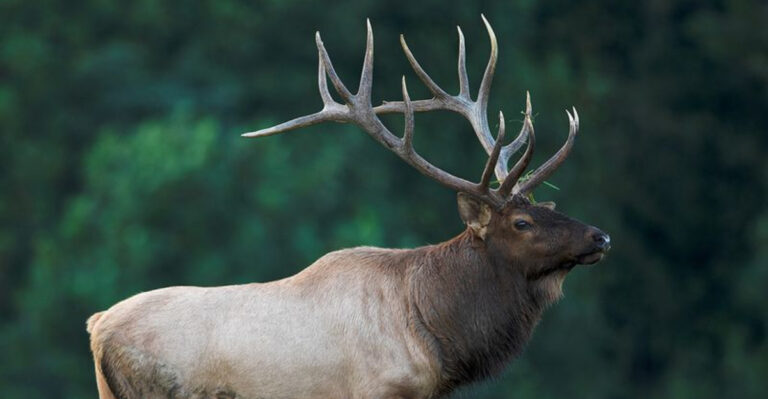Top 14 Animals And Wildlife In Arizona
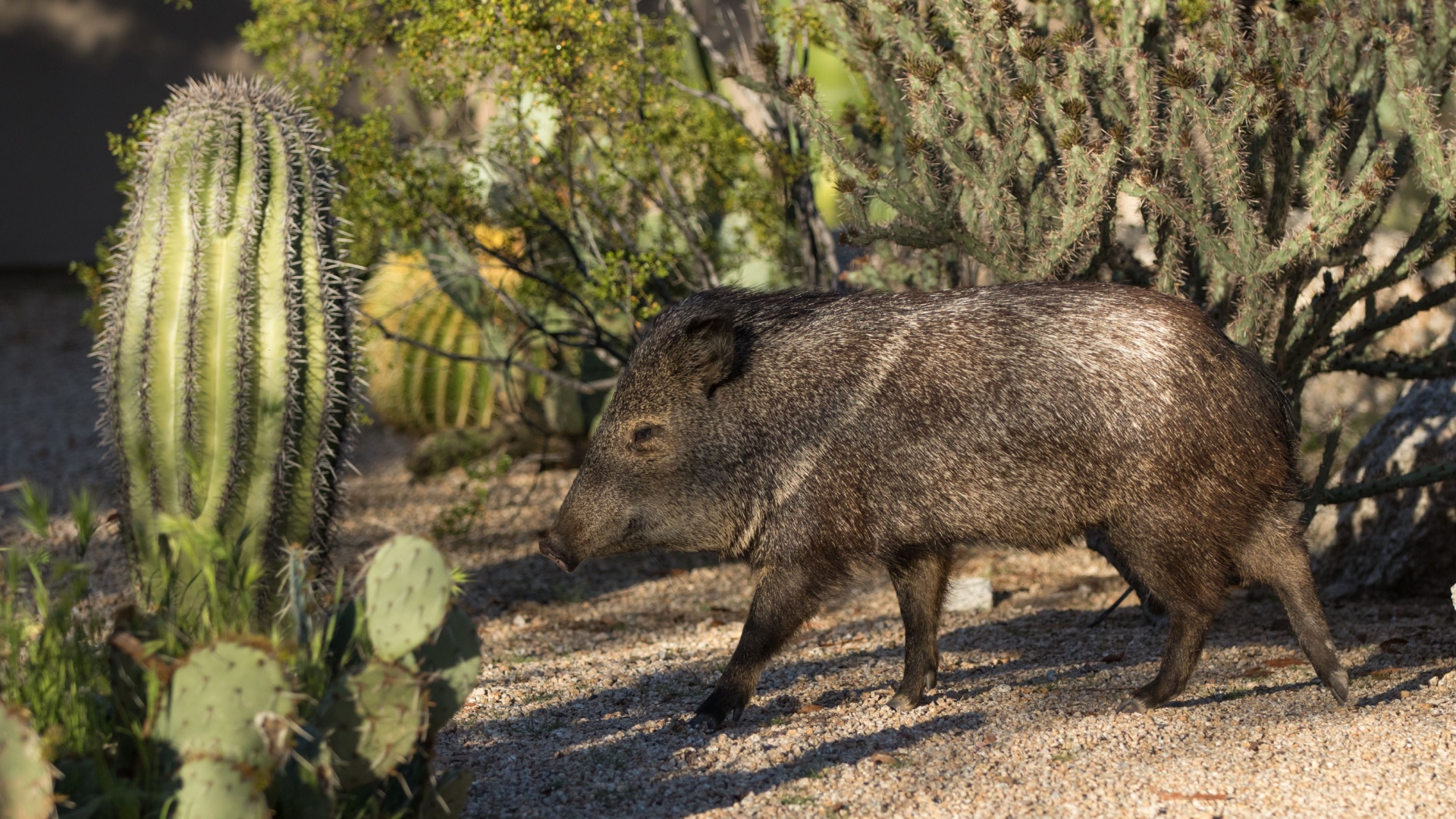
Arizona, with its diverse landscapes ranging from desert plains to forested mountains, hosts an incredible variety of wildlife.
From the soaring heights of the Grand Canyon to the serene Sonoran Desert, this state is a haven for animal enthusiasts. Explore the unique creatures that call Arizona home, each adapted to thrive in this multifaceted environment.
1. Coyote
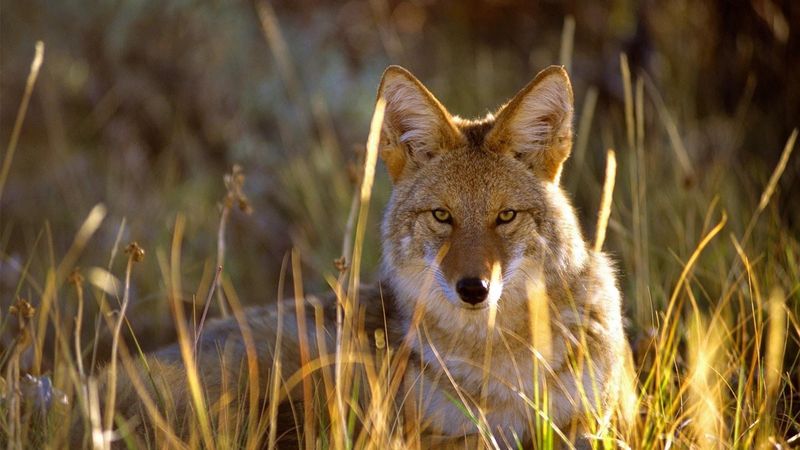
In the twilight of Arizona’s sprawling deserts, the adaptable coyote roams with remarkable stealth. This cunning creature is not just a symbol of the American West but an integral component of Arizona’s ecosystem.
With its keen senses, it thrives both in the wild and urban settings, showcasing its incredible adaptability. Coyotes are skilled hunters, often seen alone or in pairs, and have a diet that includes small mammals, birds, and even fruits.
Their distinctive calls can often be heard echoing across the landscape as the sun sets, creating a truly western ambiance.
Despite being misunderstood at times, coyotes play a crucial role in controlling pest populations. In Arizona, they are a testament to the wild heart of the desert, challenging our perceptions and adapting to human encroachment with ease.
These resilient animals demonstrate the delicate balance of nature and the adaptability needed for survival.
2. Gila Monster
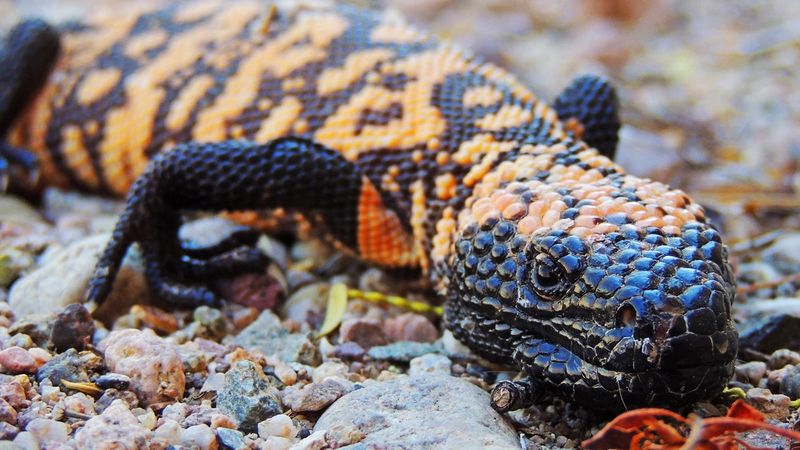
Hidden beneath the rocky surfaces and desert shrubs, the Gila monster is one of Arizona’s most fascinating reptiles. This venomous lizard, with its striking orange and black patterned skin, is a sight to behold.
Despite their venomous nature, Gila monsters are reclusive and pose little threat to humans. Their diet mainly consists of eggs and small mammals, which they hunt with methodical precision. Often active during the early morning or late afternoon, they use their keen sense of smell to locate prey.
Their survival in the harsh desert environment is a testament to their evolutionary success. In Arizona, spotting a Gila monster in its natural habitat is a rare and exciting experience.
These creatures contribute to the ecological diversity of the region, exemplifying the unique and often hidden beauty found in the desert landscape. Protecting their habitat is essential for maintaining Arizona’s natural heritage.
3. Javelina
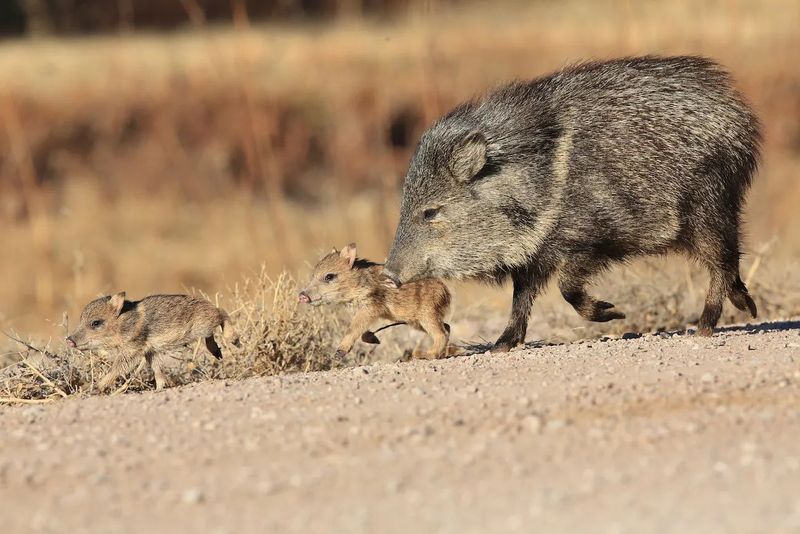
Amidst the thorny brush and rugged terrain, the javelina, or collared peccary, can be seen foraging in familial groups. These social animals move in herds, rummaging for food such as roots, fruits, and seeds. With their bristly hair and small, pig-like stature, javelinas are well-adapted to the desert heat.
Known for their keen sense of smell, they communicate through scent and sounds, marking their territory with a significant scent gland located on their back.
These creatures are commonly mistaken for wild pigs but hold their own unique place in Arizona’s wildlife tapestry. Encountering a herd of javelinas is a reminder of the communal nature of desert life.
They showcase the importance of social structures in survival, adapting their behaviors to thrive in Arizona’s challenging environment. Protecting their habitats ensures these unique creatures continue to contribute to the biodiversity of the region.
4. Harris’s Hawk
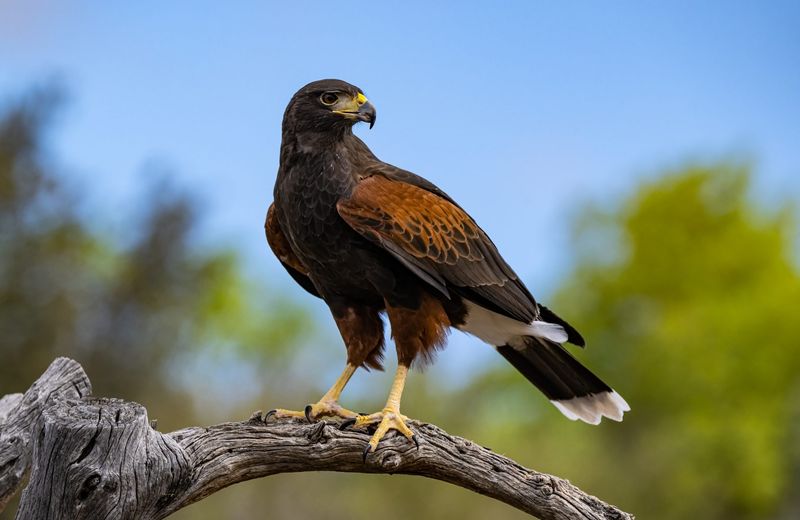
High above the desert floor, Harris’s hawk commands the skies with grace and agility. Unlike solitary raptors, these hawks are known for their cooperative hunting strategies, often working in groups to efficiently corner prey.
Such collaboration is rare among birds of prey and makes them exceptional hunters. Their preferred habitats include the desert and semi-arid regions where they hunt small mammals and birds. Harris’s hawks are often seen perched atop cacti, scanning the region for potential meals.
They play a vital role in controlling the populations of small animals, maintaining ecological balance. In Arizona, these birds are a stunning example of nature’s adaptability and intelligence.
Their presence adds to the vibrant tapestry of wildlife in the desert, highlighting the intricate social dynamics that can exist in the animal kingdom. Observing them offers a glimpse into the cooperative world seldom seen among raptors.
5. Roadrunner
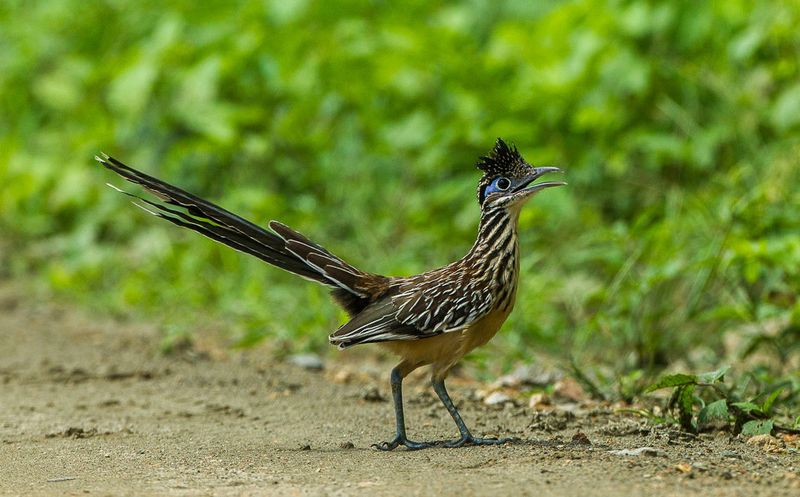
Darting through the desert at surprising speeds, the roadrunner is a charismatic symbol of the Southwest. Known for its agility and speed, this bird can outrun many of its predators and is a master at navigating its arid environment.
Its diet is varied, ranging from insects to small reptiles, and even venomous snakes, showcasing its remarkable adaptability. The roadrunner is often seen dashing across roads and open spaces, its long tail and crest making it easily recognizable.
In Arizona, the roadrunner represents the spirit of resilience and adaptability. Its ability to thrive in the harsh desert landscape is emblematic of the tenacity found within the region’s wildlife. This bird not only entertains with its dynamic movements but also plays a crucial role in the ecosystem by controlling pest populations. Spotting a roadrunner is always a delight, inviting admiration for its unique capabilities.
6. Desert Tortoise
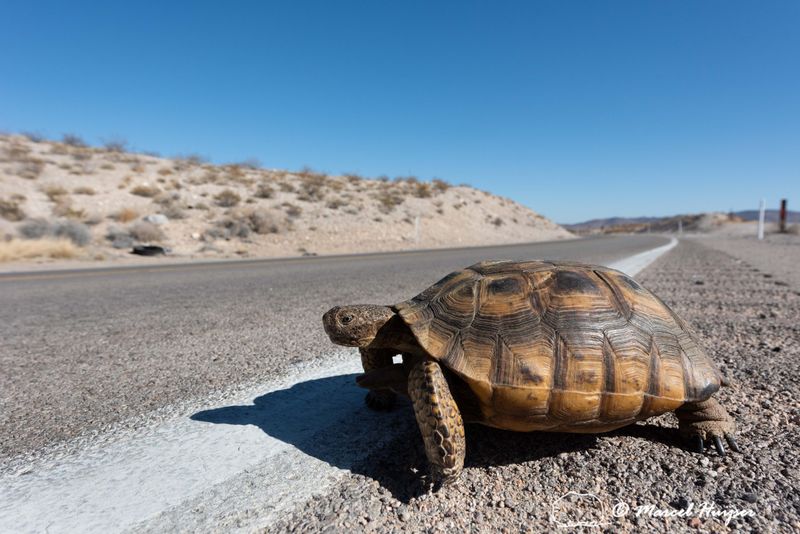
Embodying patience and endurance, the desert tortoise quietly inhabits the arid landscapes of Arizona. These gentle creatures are perfectly adapted to life in the desert, utilizing their burrowing abilities to escape the harsh sun and conserve water.
Their diet mainly consists of grasses and wildflowers, which they carefully forage over large areas. The desert tortoise plays a pivotal role in dispersing seeds, contributing to the health and regeneration of their habitat.
With long lifespans, they symbolize stability and resilience in a constantly changing environment. In Arizona, the presence of the desert tortoise is a gentle reminder of the intricate balance within the ecosystem.
These tortoises face threats from habitat loss and climate change, making conservation efforts critical. Their story is one of quiet perseverance, illustrating the delicate harmony of desert life and the importance of preserving natural habitats.
7. Black Bear
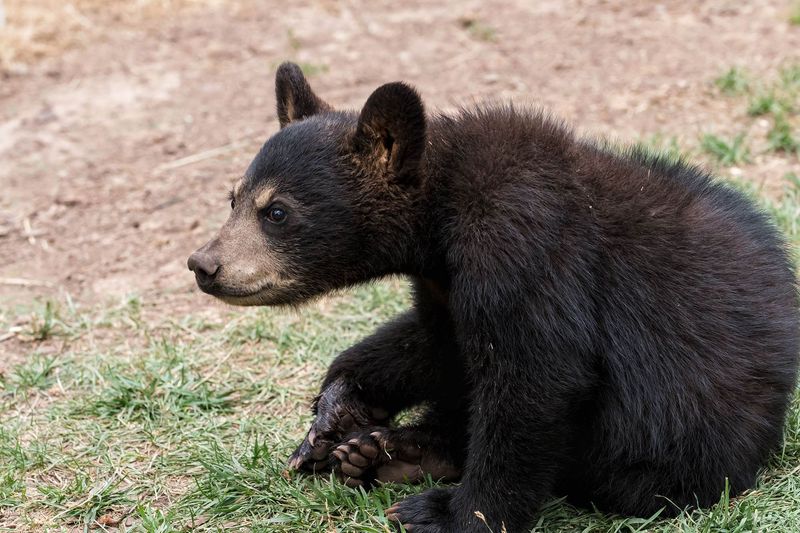
In the forested regions of northern Arizona, the black bear reigns as a powerful presence. These solitary and intelligent animals are adept at surviving in diverse environments, from dense forests to mountainous regions.
Black bears are omnivores, with diets that change seasonally, including berries, insects, and small mammals. Their keen sense of smell guides them in foraging, and they are known to travel long distances in search of food.
In Arizona, encounters with black bears offer a glimpse into the wild heart of the state’s forests. These bears embody the essence of wilderness, showcasing the need for balance between human activity and nature.
Efforts to maintain their habitat ensure that these magnificent creatures continue to flourish, playing a crucial role in their ecosystems as both predators and scavengers. Observing black bears in their natural surroundings is a testament to Arizona’s rich wildlife diversity.
8. Mexican Gray Wolf
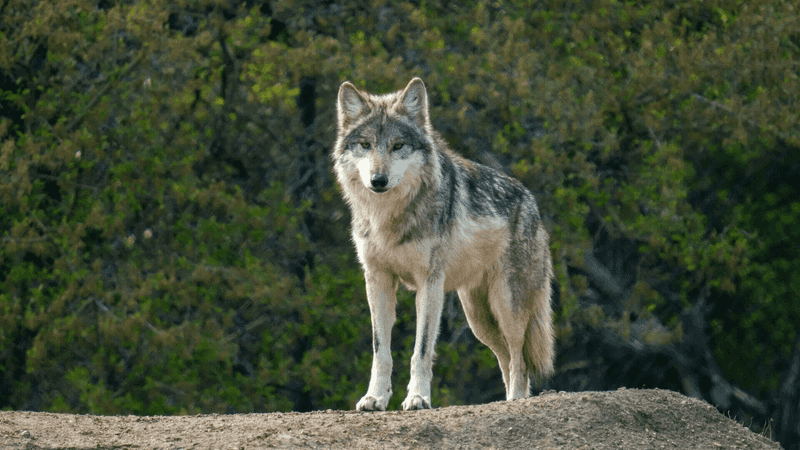
Roaming the rugged terrain with an air of mystery, the Mexican gray wolf is an emblem of conservation success. Once on the brink of extinction, efforts to reintroduce and protect these wolves have seen their slow return to the wilds of Arizona.
These wolves live in close-knit packs, relying on strong social bonds to hunt and navigate their territories. Preying primarily on elk and deer, they play a vital role in maintaining healthy populations of these animals, ensuring ecosystem balance.
In Arizona, the presence of the Mexican gray wolf is a symbol of resilience and hope. Their journey from near extinction highlights the importance of conservation and coexistence with wildlife. Observing these majestic animals in their natural habitat serves as a powerful reminder of the wild beauty that still exists and the ongoing efforts needed to protect it for future generations.
9. Pronghorn
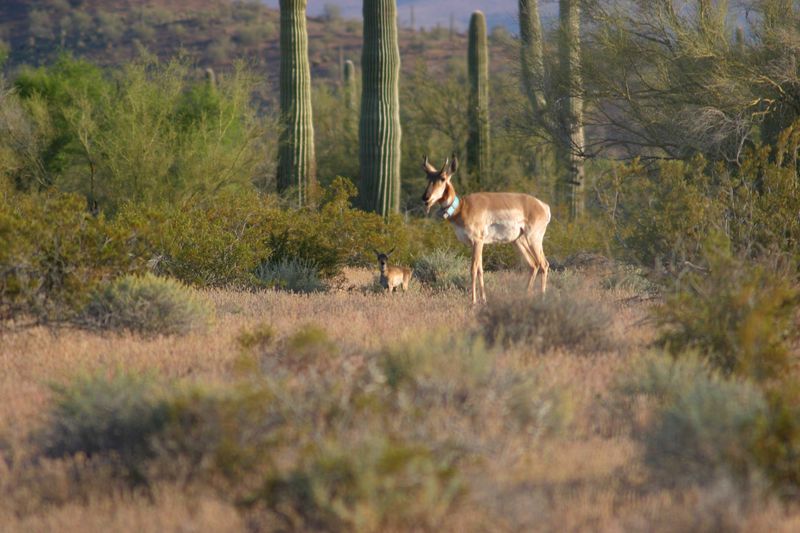
Graceful and swift, the pronghorn is often seen dashing across Arizona’s expansive grasslands. Known for their incredible speed, they are the fastest land mammals in North America, capable of reaching speeds up to 60 miles per hour.
Pronghorns are uniquely adapted to their open habitats, with keen eyesight and endurance that help them escape predators. Their diet consists mainly of grasses and shrubs, which they graze on in large herds, contributing to the ecological health of their environment. In Arizona, the pronghorn is a symbol of agility and the untamed spirit of the grasslands.
Their presence enriches the biodiversity of the region, demonstrating the interconnectedness of species and the importance of preserving wide-open spaces. Seeing a herd of pronghorns is a breathtaking experience, a reminder of the wild beauty that defines Arizona’s natural landscapes.
10. Mountain Lion
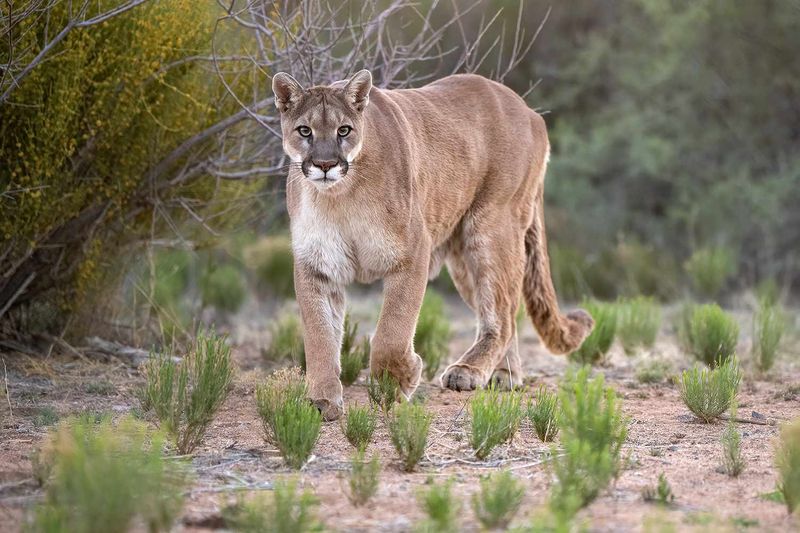
Silent and elusive, the mountain lion is the undisputed apex predator of Arizona’s diverse landscapes. These solitary cats are masters of stealth, navigating mountains, forests, and deserts with grace and precision.
Their diet primarily consists of deer, but they are opportunistic hunters, adapting to the available prey. Mountain lions play a crucial role in controlling prey populations, maintaining a balanced ecosystem. In Arizona, the presence of mountain lions is a testament to the state’s wild and rugged nature.
While rarely seen, their tracks and signs are a constant reminder of the wilderness that surrounds us. Conservation efforts are essential to maintaining their habitats, ensuring that these majestic predators continue to roam freely across Arizona’s varied terrains.
11. Gambel’s Quail
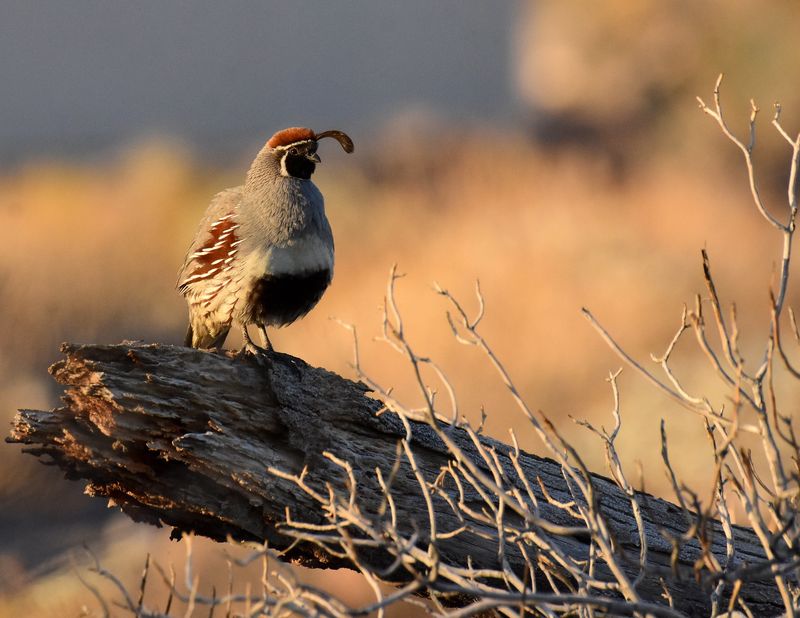
With their distinctive topknots bobbing along, Gambel’s quail add a dash of charm to Arizona’s desert scenery. These small, plump birds are often seen scurrying across the ground in coveys, their presence a lively addition to the arid landscape.
Gambel’s quail feed primarily on seeds and vegetation, foraging on the desert floor where their mottled plumage provides excellent camouflage.
They thrive in the desert environment, using their agility and speed to escape predators. In Arizona, these birds represent the adaptability and resourcefulness required to survive in harsh conditions.
Their social nature and distinctive calls add vibrancy to the desert, making them a favorite among birdwatchers and nature enthusiasts. Observing Gambel’s quail in their natural habitat offers insight into the complex social dynamics and survival strategies of desert wildlife.
12. Sonoran Desert Toad
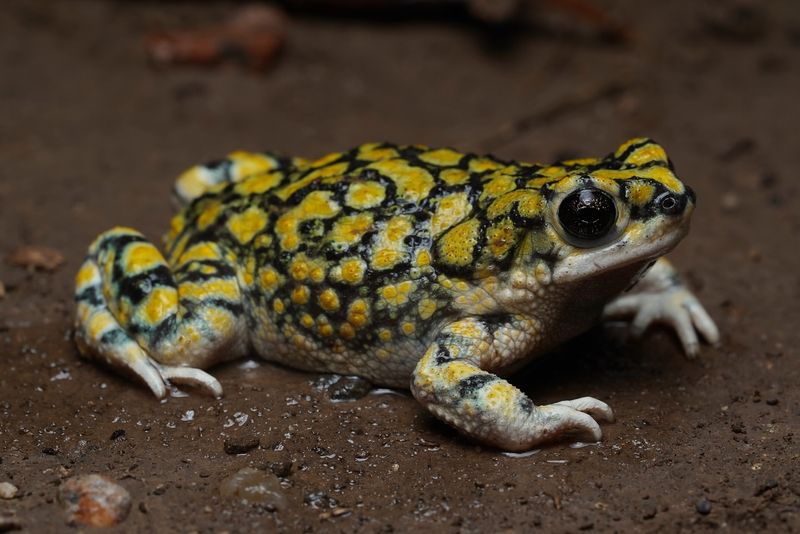
Emerging with the monsoon rains, the Sonoran Desert toad is a fascinating inhabitant of Arizona’s arid landscapes. These large toads are known for their distinctive calls, which fill the air during the rainy season.
Their diet consists primarily of insects and other small invertebrates. Despite their bulky appearance, Sonoran Desert toads are agile hunters, using their long tongues to catch prey. In Arizona, these toads are a symbol of the desert’s seasonal rhythms.
Their emergence coincides with the life-giving rains, highlighting the interconnectedness of species and the importance of water in desert ecosystems. Observing the Sonoran Desert toad during its active periods offers a unique glimpse into the adaptability and resilience of desert wildlife.
13. Ringtail
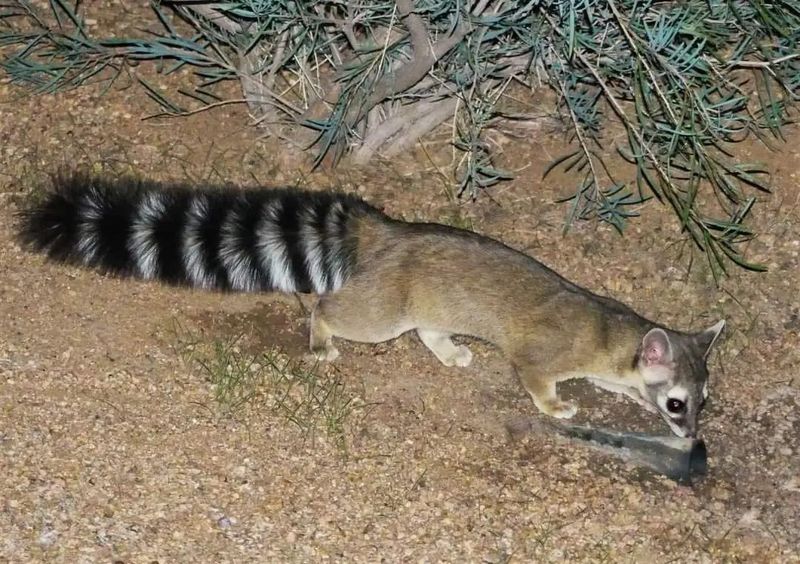
Often referred to as the “miner’s cat,” the ringtail is a nocturnal creature of Arizona’s rugged landscapes. These agile mammals are known for their large eyes and bushy tails, perfectly adapted for life in rocky terrains.
Ringtails are excellent climbers, using their long tails for balance as they navigate cliffs and crevices. Their diet includes insects, fruits, and small vertebrates, showcasing their adaptability to various food sources. In Arizona, the ringtail represents the mysterious and elusive side of wildlife.
Mostly active at night, they are rarely seen but leave traces of their presence in the form of tracks and scat. Protecting their habitats ensures these enigmatic creatures continue to thrive, contributing to the biodiversity and ecological richness of the region.
14. Bighorn Sheep
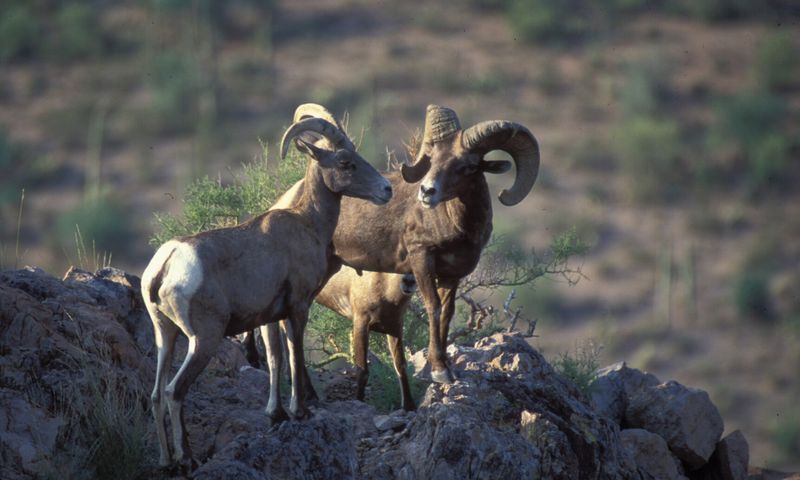
Just as in their neighboring state and the amazing wildlife in Nevada, the bighorn sheep navigate Arizona’s rugged mountains with confidence and grace. Known for their impressive spiral horns, these animals are a testament to the strength and adaptability of mountain wildlife.
Bighorn sheep graze on grasses and shrubs, often seen traversing steep, rocky slopes where their agility and sure-footedness are unrivaled. They play a significant role in their ecosystem, contributing to plant diversity and serving as prey for predators.
In Arizona, bighorn sheep symbolize the wild heart of the mountains, embodying the untamed spirit of the high desert. Efforts to conserve their habitats are crucial, ensuring that these iconic animals continue to roam freely and that their populations remain healthy. Observing bighorn sheep in their natural habitat is an awe-inspiring experience, a reminder of the natural beauty that defines the state.





